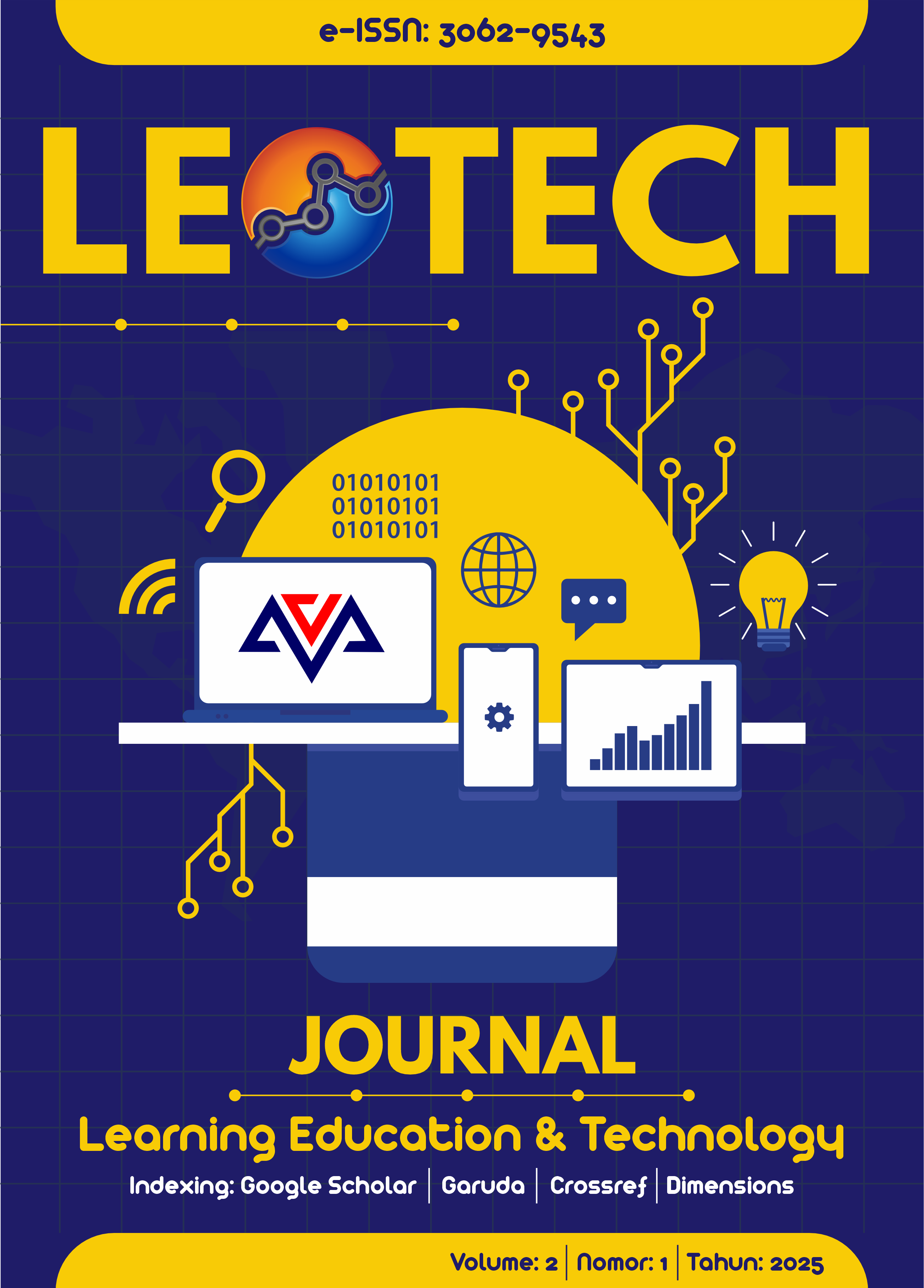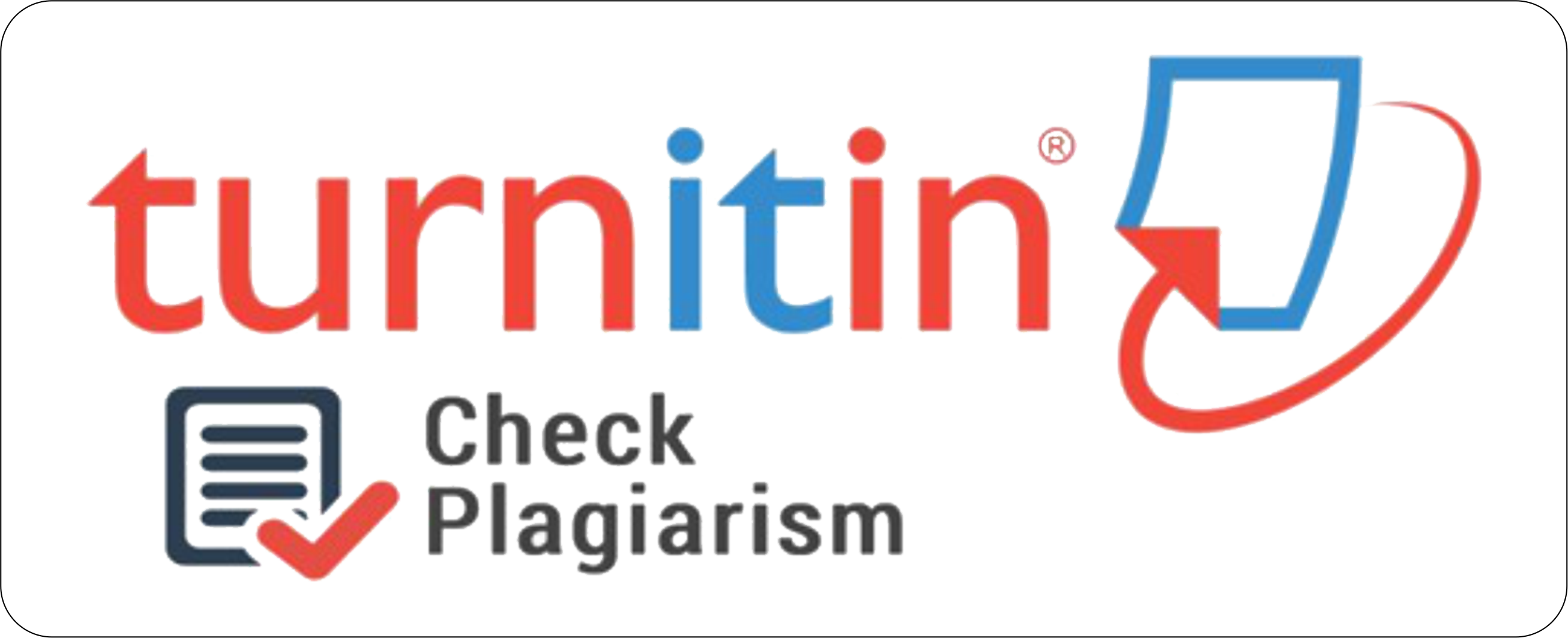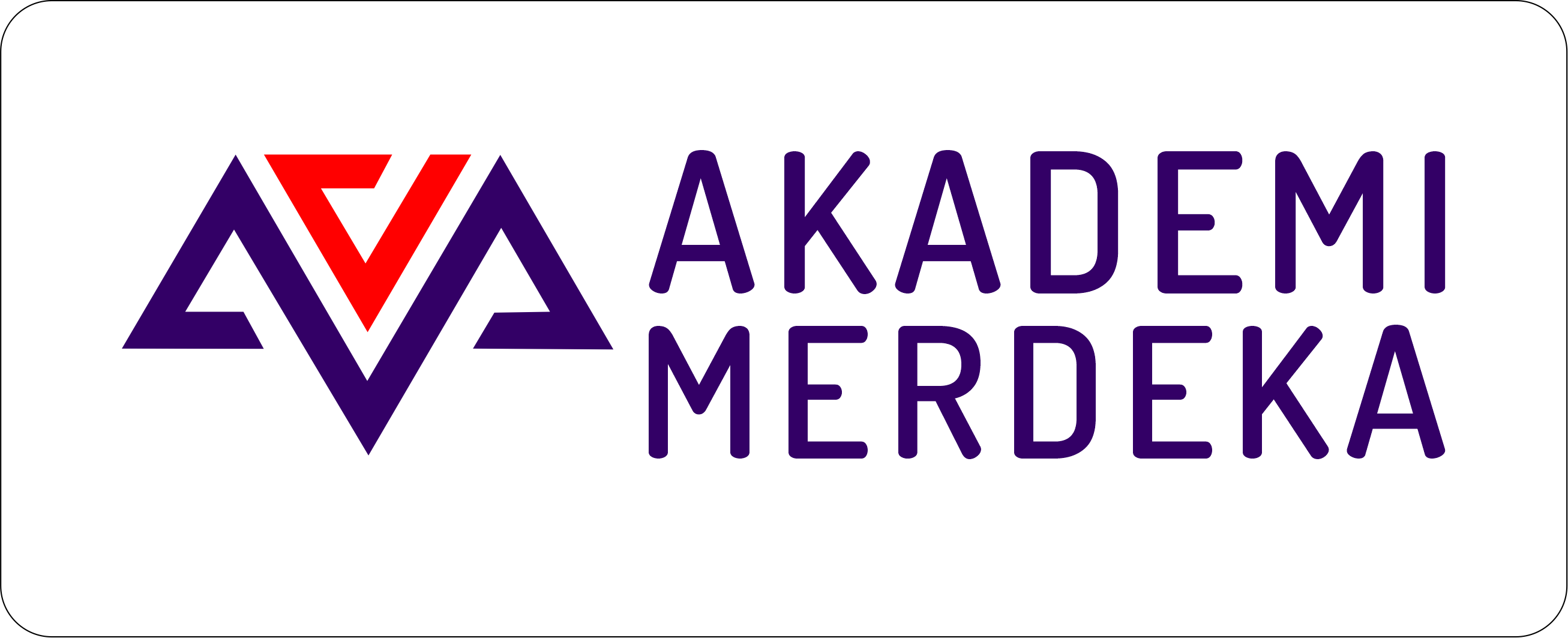Multiple Discriminant Analysis to Measure Critical Thinking by Age, Gender, and Self-Confidence in Elementary Students
DOI:
https://doi.org/10.70152/leotech.v2i1.100Keywords:
Critical thinking, Self-confidence, Multiple Discriminant Analysis, Science, Elementary studentsAbstract
This study is motivated by the importance of critical thinking skills in science learning in elementary schools and the need to understand the factors that may affect it, such as age, gender, and self-confidence of students. The purpose of this study is to analyse whether there is a significant influence of age, gender, and self-confidence on students' critical thinking skills. This research design uses a quantitative approach with the method of multiple discriminant analysis. The research sample consisted of 60 fourth grade students from two elementary schools that had been determined purposively. Data collection survey method were carried out through a critical thinking test and a validated self-confidence questionnaire. Data analysis used SPSS software to determine the classification pattern and contribution of each variable. The results showed that there was no significant effect of age, gender, or self-confidence on students' critical thinking ability. This finding confirms that critical thinking ability is more influenced by other factors outside of these three variables. This research contributes to illustrating that teachers should focus more on learning approaches rather than demographic factors. In the future, this result implies that actively designed and contextualised learning can play a greater role in developing critical thinking ability.
Downloads
Downloads
Published
Issue
Section
License
Copyright (c) 2025 LEOTECH: Journal of Learning Education and Technology

This work is licensed under a Creative Commons Attribution-NonCommercial-ShareAlike 4.0 International License.
Copyright for this article is held by the journal LEOTECH: Journal of Learning Education and Technology and is licensed under the Creative Commons Attribution-NonCommercial-ShareAlike 4.0 International (CC BY-NC-SA 4.0). The article may be used and shared for non-commercial purposes with proper attribution and distributed under the same license. Full license details: https://creativecommons.org/licenses/by-nc-sa/4.0/







